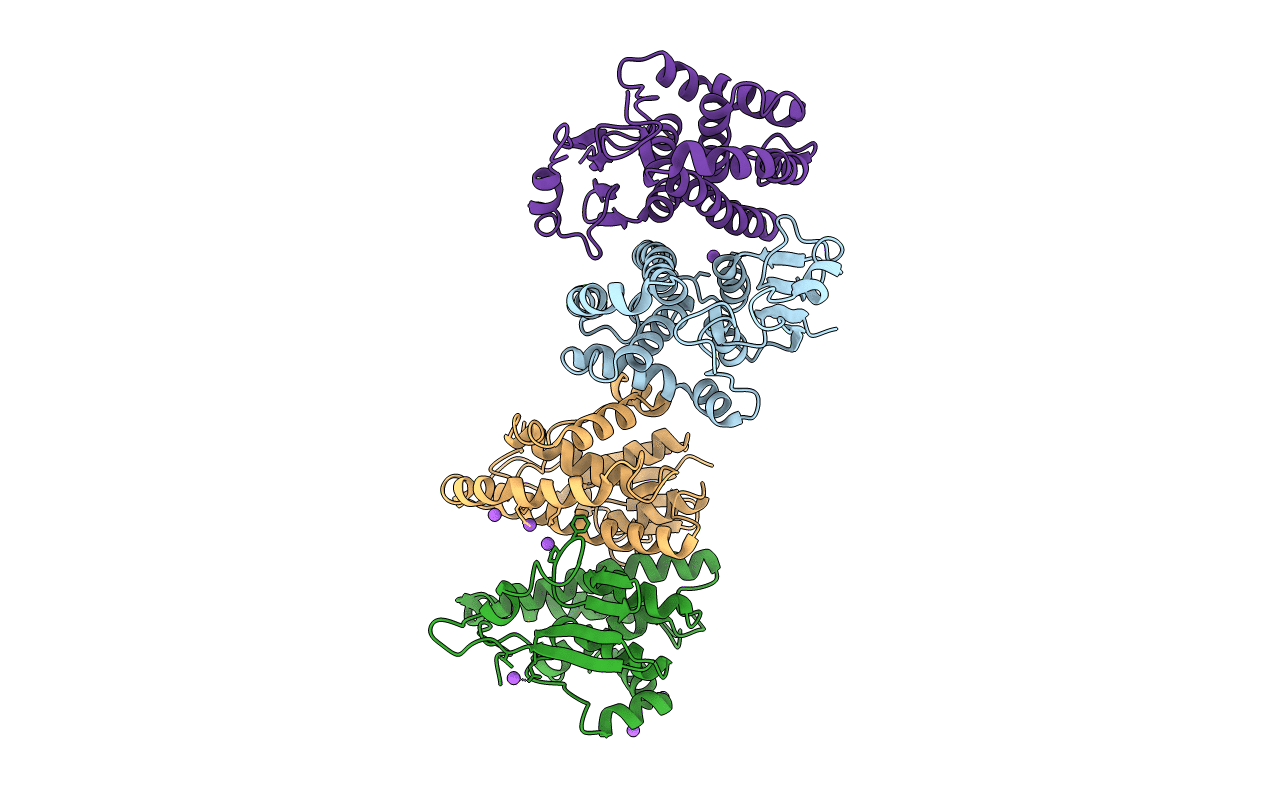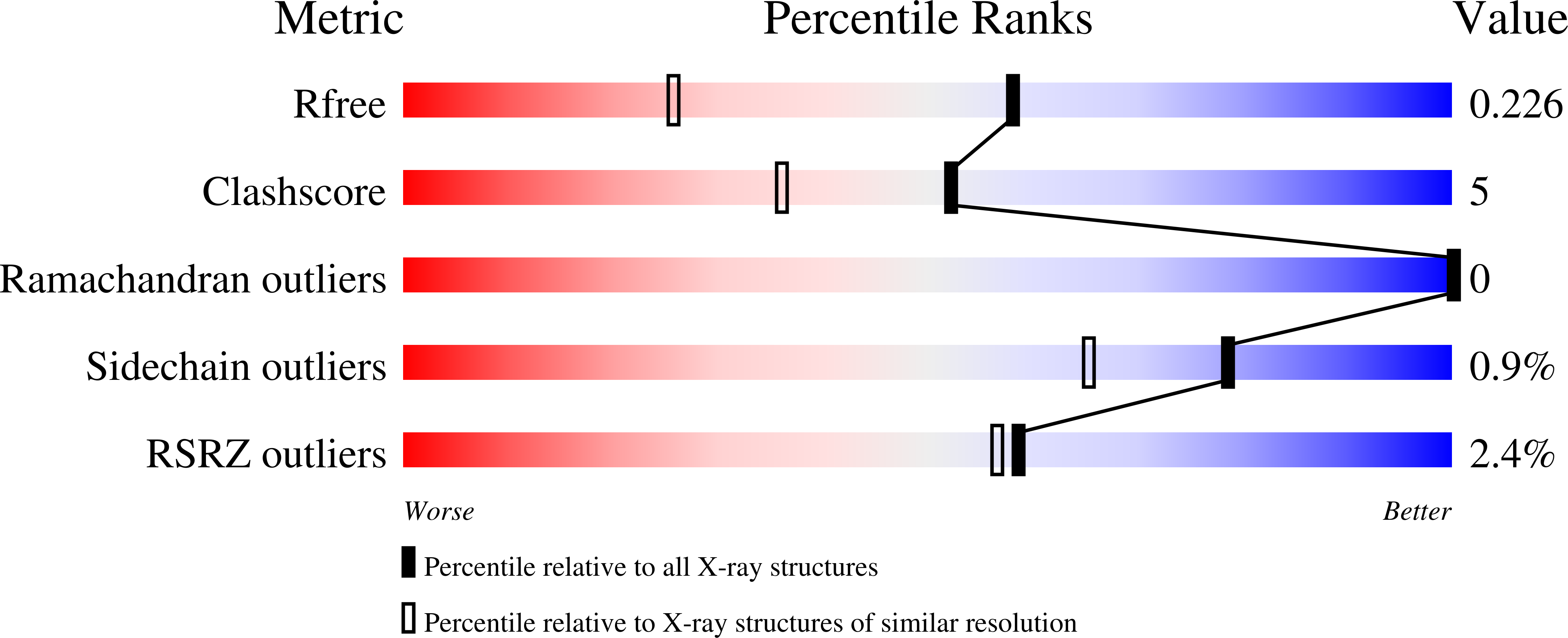
Deposition Date
2020-12-28
Release Date
2022-01-12
Last Version Date
2024-01-31
Method Details:
Experimental Method:
Resolution:
1.59 Å
R-Value Free:
0.22
R-Value Work:
0.18
R-Value Observed:
0.18
Space Group:
P 1 21 1


